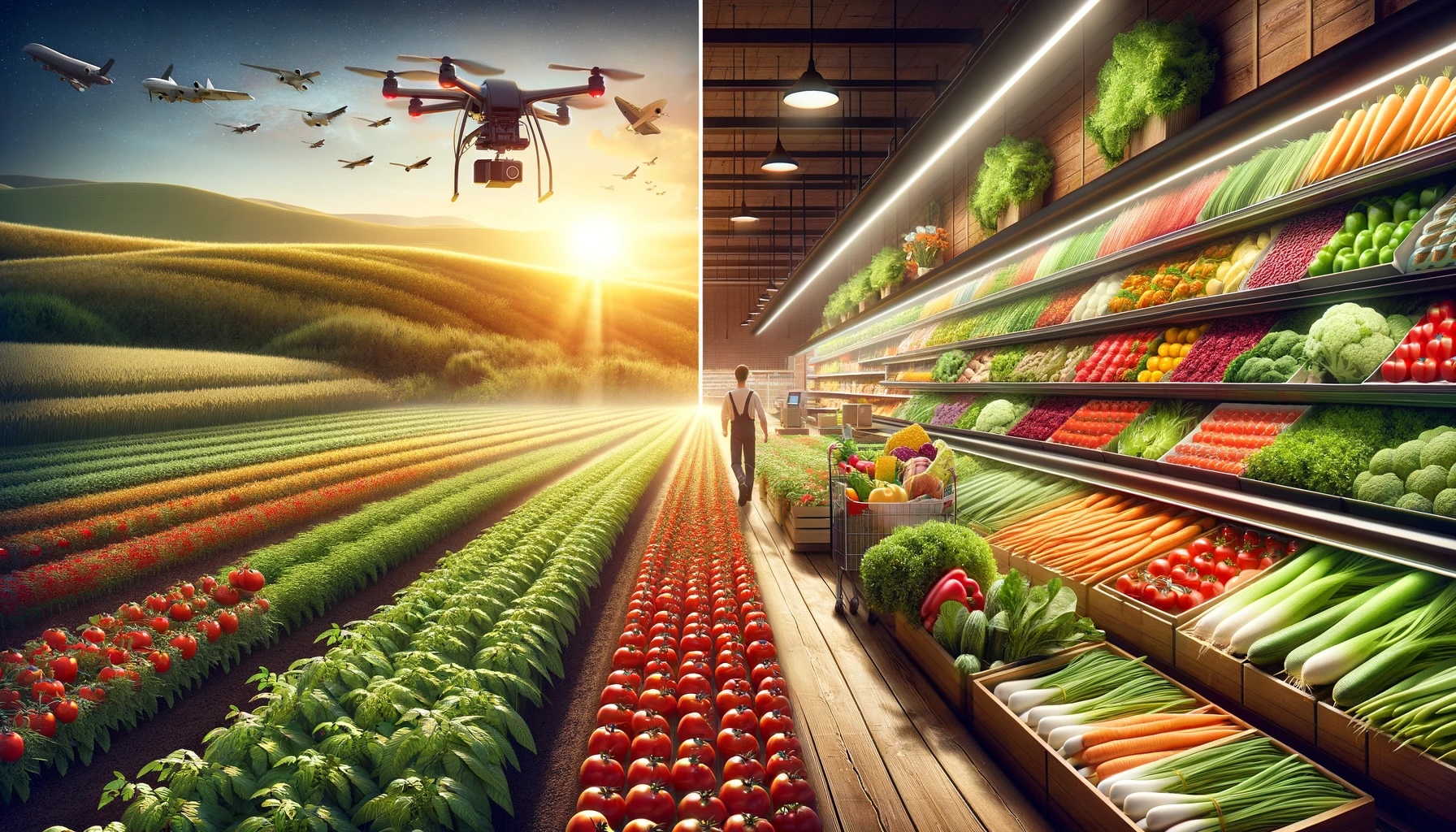Your basket is currently empty!

In our rapidly advancing global economy, the digital transformation of commodity supply chains represents a critical pivot towards greater efficiency, transparency, and sustainability. In a recent episode of the Digital Supply Chain podcast, I delved into this subject with Andrea Aranguren, CEO of MineHub. Our discussion illuminated the profound shifts and strategic imperatives driving this transformation, underscoring its far-reaching implications.
The traditional commodity supply chain model, often mired in paper-based processes and manual interventions, faces numerous challenges. Inefficiencies, lack of transparency, and environmental concerns are just a few. However, with the advent of digital platforms, there’s a clear trajectory towards more streamlined, transparent, and sustainable operations. The merger of MineHub and Waybridge, as Andrea Aranguren discussed, is a prime example of this shift, focusing on enhancing trade management for crucial commodities like copper and aluminium.
The significance of this digital shift extends far beyond mere process automation. We’re talking about a fundamental transformation in how supply chains operate. For instance, according to a report by McKinsey & Company, companies that aggressively digitise their supply chains can expect to boost annual growth of earnings before interest and taxes by 3.2% – the largest increase from any business area studied.
A compelling aspect of digital transformation is its role in enhancing sustainability. Digital supply chains enable precise tracking and reporting of environmental impact, a critical factor in an era where ESG (Environmental, Social, and Governance) compliance is becoming a boardroom priority. For example, blockchain technology, increasingly adopted in supply chains, offers traceability and transparency, crucial for verifying sustainable practices and ethical sourcing.
Overcoming resistance to this digital shift, as Andrea noted, is challenging yet essential. Traditional industries often exhibit a reluctance towards new technologies. However, the tide is turning. Leaders like Codelco demonstrate the tangible benefits of digital integration, from considerable cost savings to operational efficiencies. Such examples underscore the potential of digital platforms in transforming supply chains.
The broader industry context also points to an increasing move towards digital solutions. According to a Gartner report, 87% of global companies will invest in robust supply chain resilience, focusing significantly on digital technologies. This investment is not merely for efficiency; it’s a strategic move to build robust, responsive, and responsible supply chains.
Looking ahead, the digital transformation in commodity supply chains isn’t a mere trend; it’s an evolving ecosystem. We’re likely to witness further market consolidation, with integrated digital solutions becoming the norm across various commodities. This evolution is pivotal not just for business efficiency but for driving global trade towards a sustainable and transparent future.
For a deeper dive into this critical shift in supply chain management, I encourage you to listen to the full episode of our podcast.
In conclusion, the digital transformation of the commodity supply chain is a strategic imperative. It’s about adapting to a world where efficiency, transparency, and sustainability are not just valued but demanded. As industry leaders, embracing this transformation is not just beneficial; it’s essential for future success and resilience.
Hello,
I’m Tom

Welcome to my website where you’ll find my latest musings on all things related to sustainability, technology, and supply chain.





